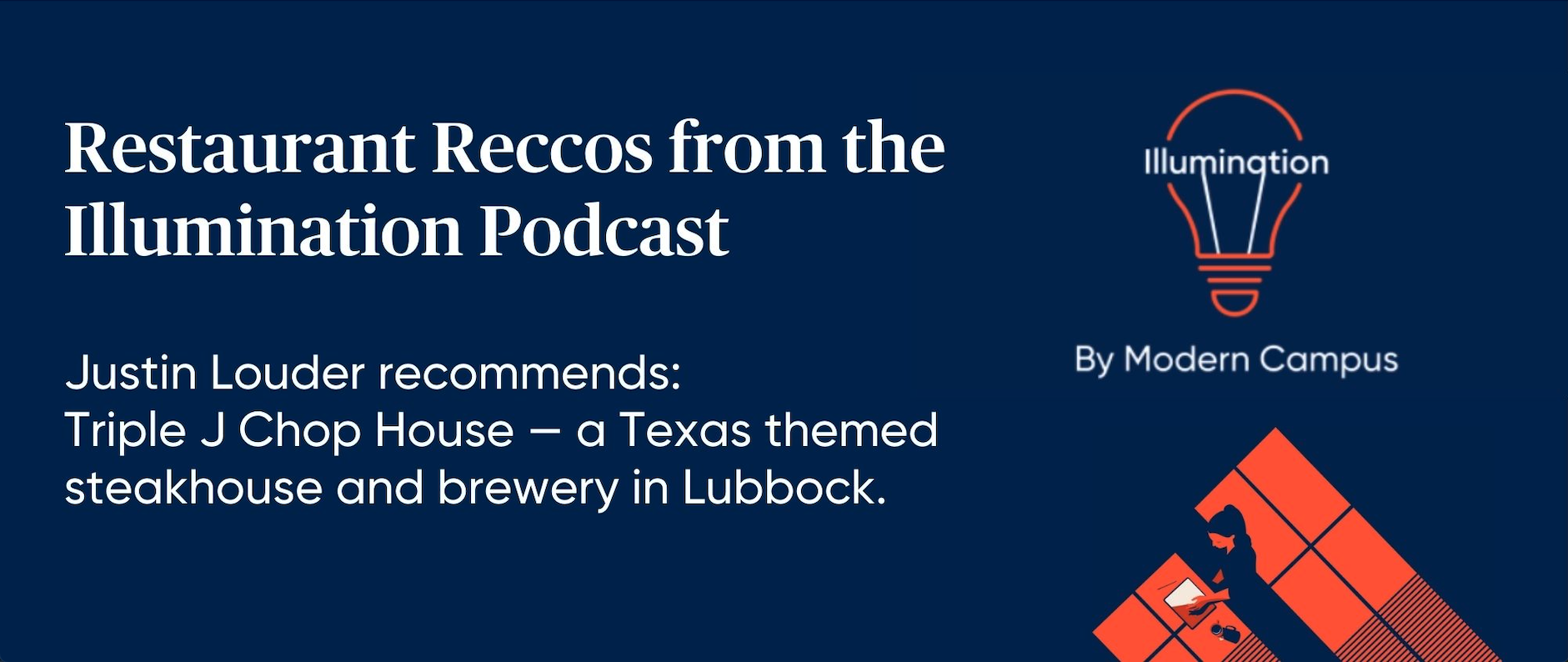Plugged In: How Online Education Will Impact Institutions in the Near Future
For many institutions, online learning only became the norm, out of an abundance of pandemic caution. Few universities and colleges were fully prepared before jumping ship in March 2020.
Fortunately, the quality of online education has continued to increase alonside its increasing popularity, even after many programs have returned to the lecture halls.
On this episode of the Illumination, host Amrit Ahluwalia chats with Justin Louder, Associate Vice Provost for eLearning at Texas Tech University, about the changing role of online education.
Professional, continuing, and online education (PCO) units saw significantly fewer instances of enrollment declines during the initial phases of the COVID-19 pandemic, and as many as 56% of units saw growth, Louder says.
“The world that we are in now, the opportunity to work with more and more faculty, teachers, and students has been incredible,” Louder says. “Developing different courses and programs online, either for credit or for continuing education non-credit—we don’t have a real waiting list, but we do have a lot of people wanting to work with us.”
The perception of PCO education changed during the pandemic, Louder says. Faculty within these units were more willing to teach via multiple modules or online than their peers in more traditional education. This quick adaptability helped PCO weather the storm better than most other departments.
In order to drive the demand for online ed, Texas Tech University had to first educate instructors on best practices for online teaching. Louder and his team at Texas Tech have 12 instructional designers and three professionals solely dedicated to supporting their Learning Management System (LMS).
“Just like many other schools, we went through many different iterations of training for faculty during the first two weeks of the emergency shift to remote learning,” Louder says. “We wanted to know what we could do in a short amount of time, and we developed a plan that said, ‘even if you do nothing else, you have to put your syllabus online and you have to have a way to assess your students.’”
The key to online education is interaction, Louder says. Ensuring that there is a connection between student and instructor, even if the two never step foot in the same room, is crucial to student success. That starts with the lowest hanging fruit or the lowest barrier to entry.
As the pandemic continued, Texas Tech University knew it was going to have to keep its faculty’s skills up to snuff, which meant offering occasional training sessions.
“We started doing hour-long training sessions but realized that was too much time for our faculty to take out of their days,” Louder says. “We cut that down to half an hour on things like testing tools or how to add a lecture into an LMS.”
The team used what they called “just in time training”—an on-the- fly method of only teaching the instructors who needed it most urgently. If a group of 10 instructors in chemistry had never taught online before, they would be quickly acquainted with the tech and tools necessary to get themselves on screen in front of students.
From there, student engagement in distance learning has to take hold. Institutions have had to adapt their usual methods of engagement to fit their audience in a different way: virtually. Students who completed their first year in 2019 had to switch in 2020, and new students still may have not experienced in-person collegiate learning at all.
“We don’t want to leave our students stranded in the ocean, just floating on their own,” Louder says. “At minimum, there need to be opportunities to engage with students, and that’s what we’re telling faculty.”
Correspondence-based learning, in which the student is the only one communicating in the student-instructor relationship, is not the right fit for many programs at Texas Tech. Louder and his team have conversations with faculty about how to best interact with students, both in person and online.
Tools that allow for interactive online teaching have been implemented at Texas Tech, and instructors are taught best practices for email etiquette to ensure students get the most out of each message.
It’s imperative that learners who had negative online experiences don’t think of them as the definitive online solution in the future. Academia in all forms can change over time; onlinecourses are no exception.
Many students may be concerned that quality of online teaching will not improve at all from what it was in March 2020. But Louder says learners shouldn't worry.
“There is a perception that emergency remote learning is the same as online learning,” Louder says. “If you think about the last decade of online learning, PCO units have switched from the fringes of a university to core to the mission.”
Listen to This Episode
Listen on Apple Podcasts Listen on SpotifyRSS Feed
Last updated: June 23, 2022



